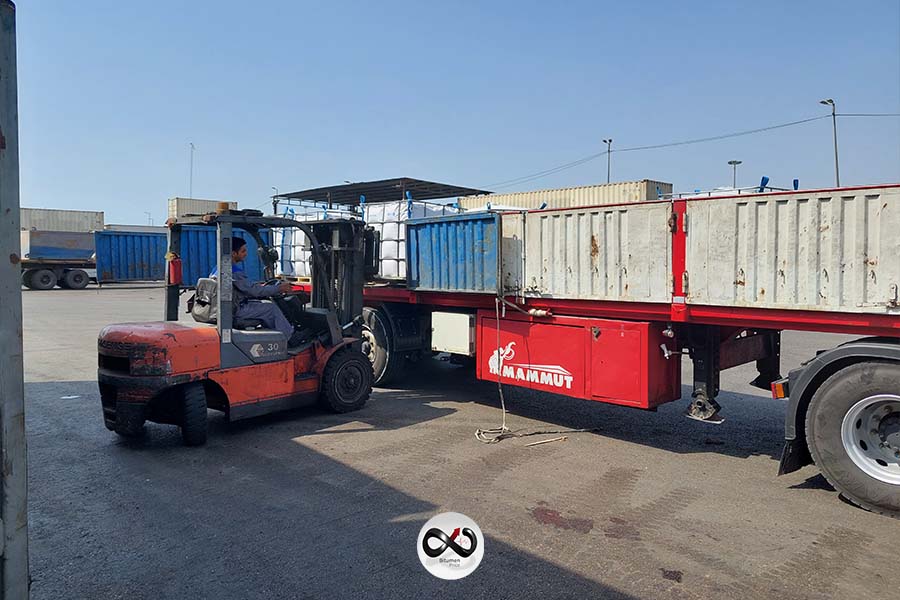Iran’s market faced a tough week with rising production costs, increased export product prices, limited competition, etc.
According to the EIA report, the annual oil reserves in the United States decreased by 3.31%, marking the most substantial decline since last December. Simultaneously, the future prices of WTI crude oil rose to 93 USD, which is the most significant increase since last October. The decline in crude oil storage at the Cushing oil storage facility in Oklahoma over the past 14 months, driven by strong demand for refining and export, has raised concerns about oil quality.
In parallel, Morgan Stanley Bank raised its crude oil price forecast for 2023 and 2024 to a range of 90 USD to 100 USD in its quarterly outlook. This adjustment is based on the low likelihood of increased supply due to the extended voluntary production cuts by Saudi Arabia and Russia.
During the previous week, crude oil prices reached an unprecedented 97 USD due to several factors:
- A decrease in oil storage levels in the United States.
- A temporary ban on fuel oil exports by Russia.
- Potential changes in interest rates in the United States.
Meanwhile, in Singapore, the price of HSFO CST180 saw a significant increase, reaching 545 USD, while bitumen prices touched 530 USD.
Bitumen prices in South Korea increased by 5 USD, reaching 445 USD, while Bahrain’s bitumen prices remained steady at 440 USD, and European refineries saw prices ranging from 550 USD to 600 USD.
Bitumen Prices in India
In India, the price of bitumen is expected to rise at the end of the monsoon season due to increased demand starting from October. However, there are concerns about container shortages in Bandar Abbas affecting the export process, and the approaching Diwali festival may impact bitumen imports in India.
Iran’s Oil & Bitumen Market in the 4th Week of September
The Iranian market experienced a complex week with a surge in vacuum bottom prices and the implementation of new export taxation rules, leading to increased production costs. Consequently, the prices of all export products rose, and the Iran Mercantile Exchange (IME) did not witness significant competition during the week. Ongoing logistic issues in the southern ports of Iran further complicated matters for exporters.
This article was prepared by Shirin Yousefi, the Content specialist and market analyst of Infinity Galaxy






